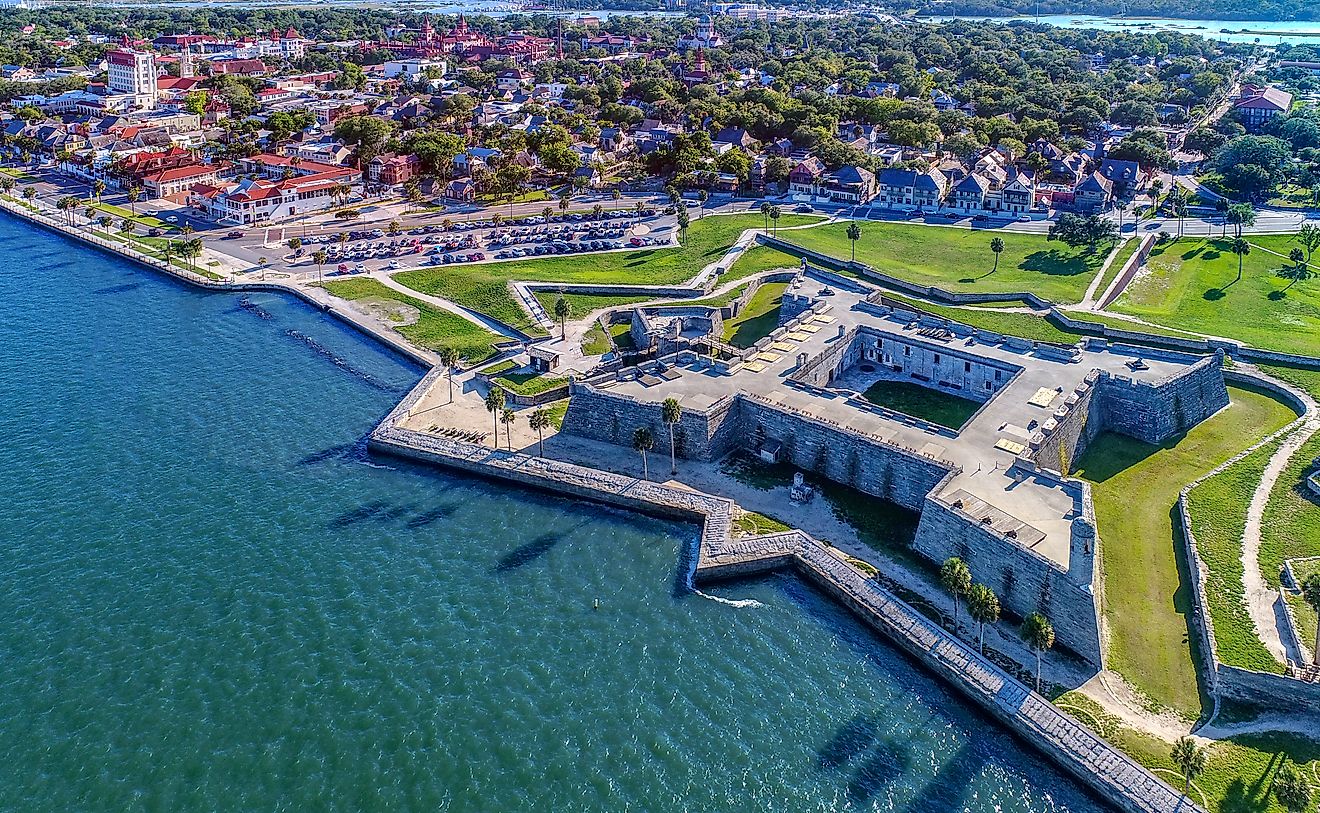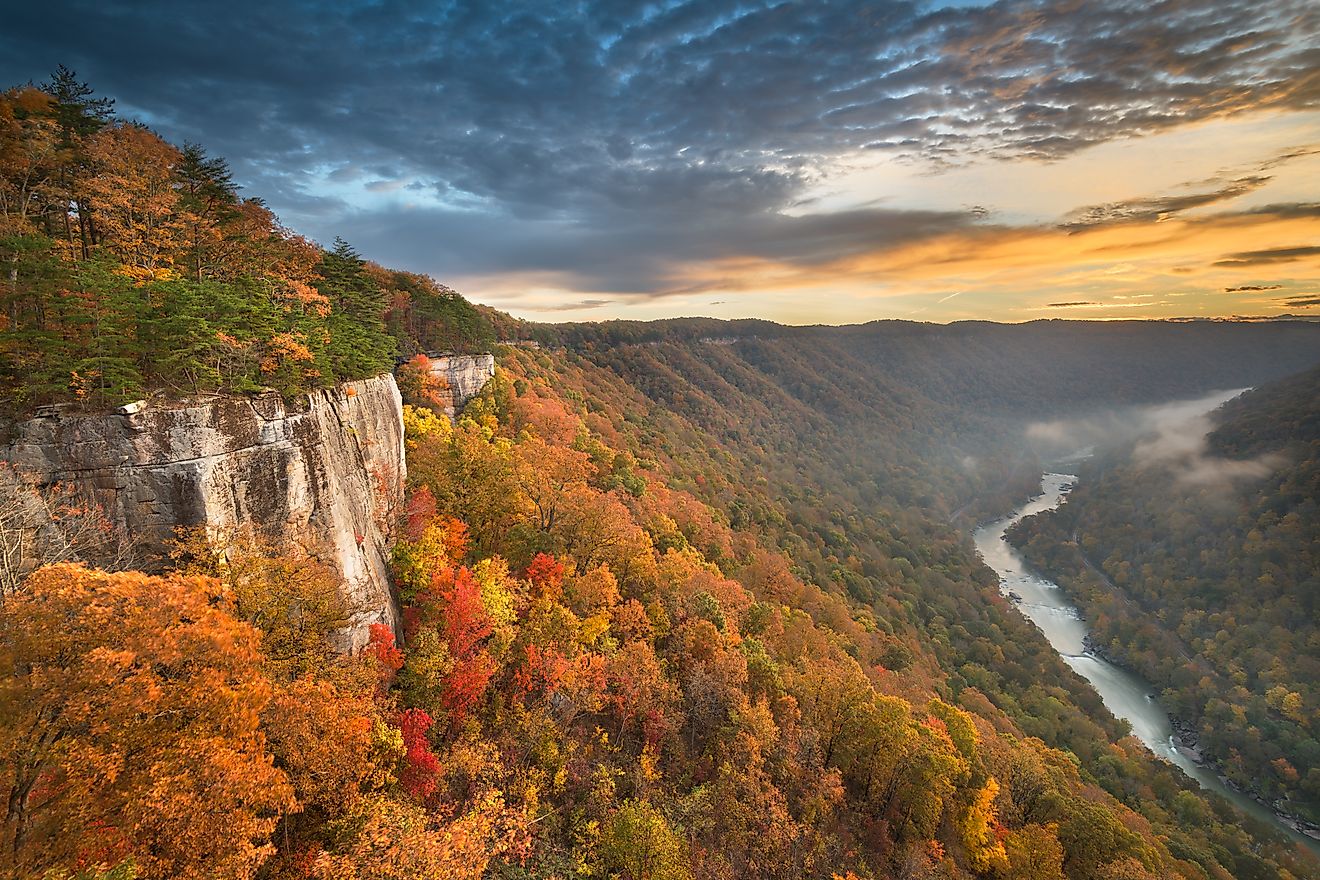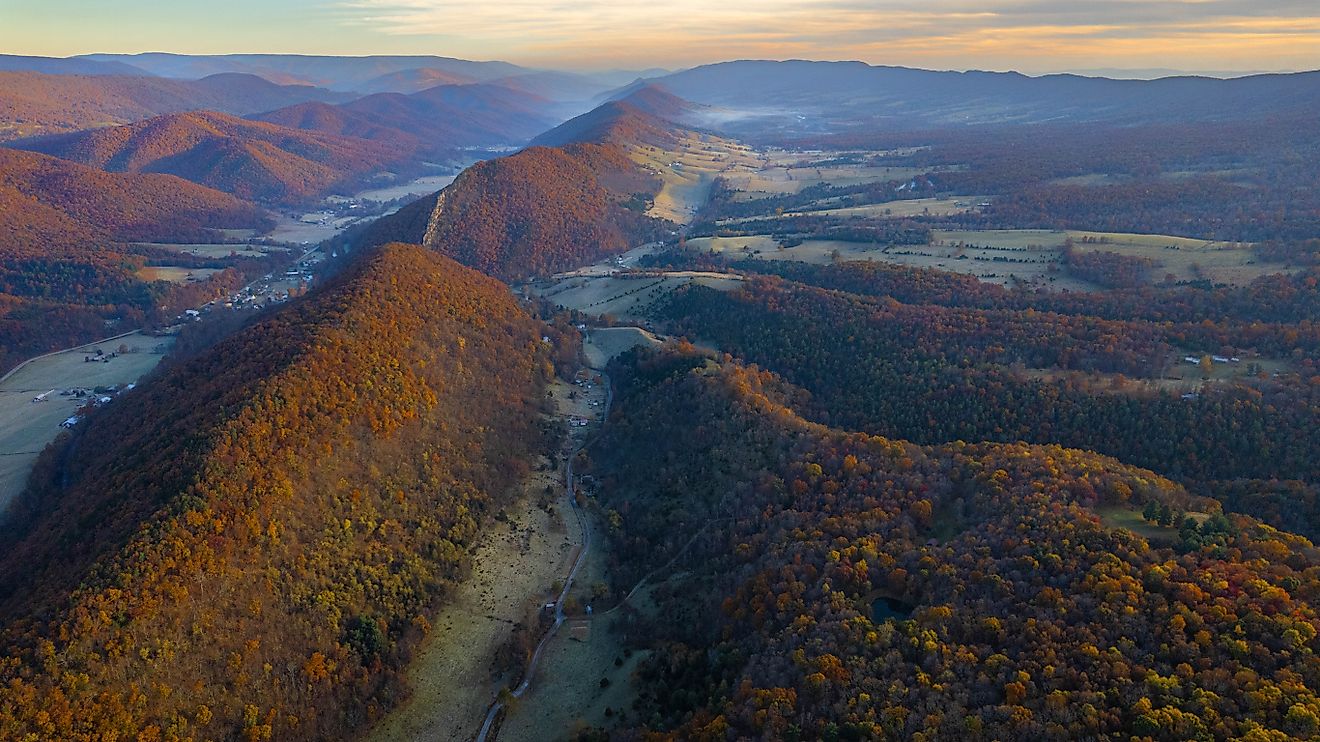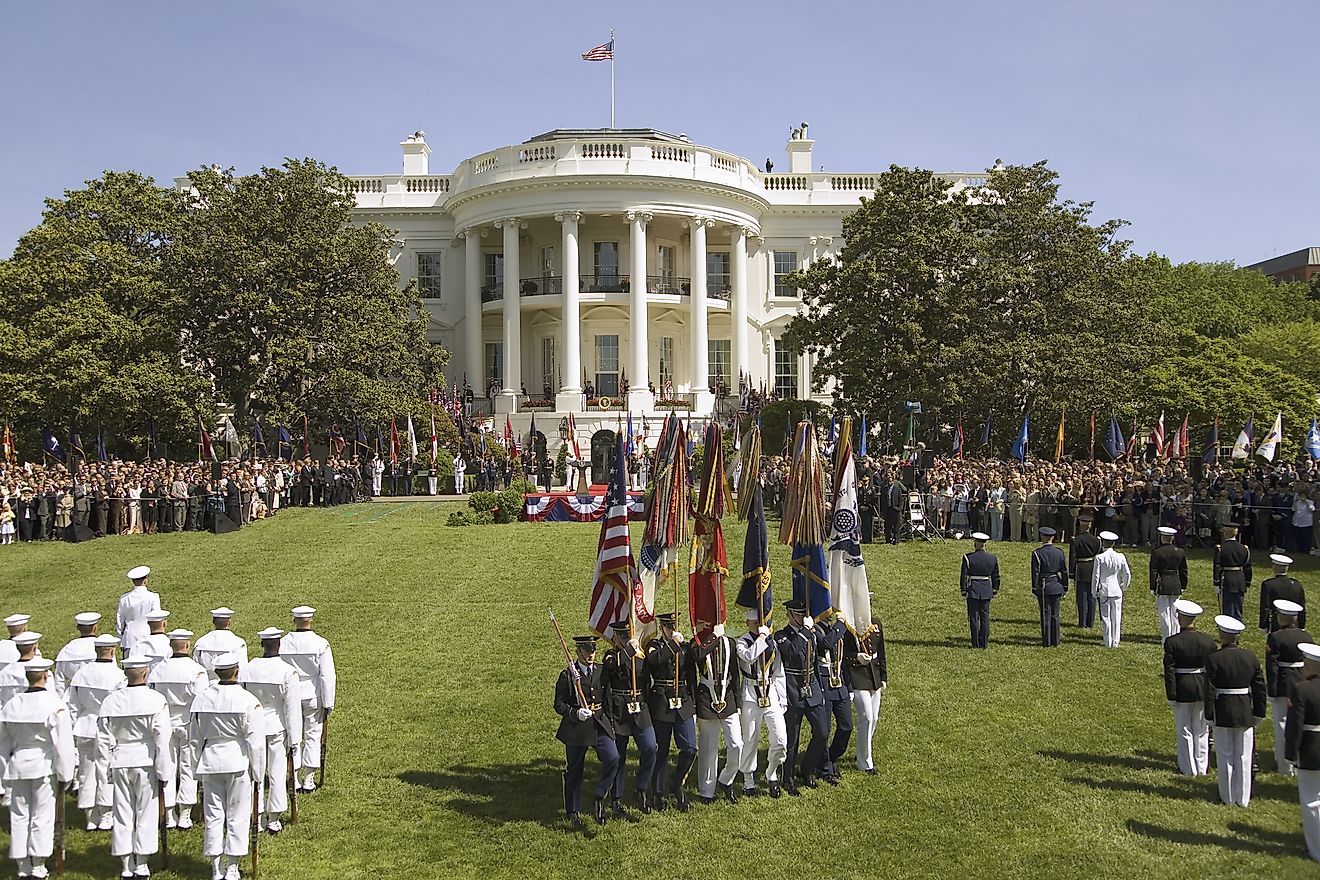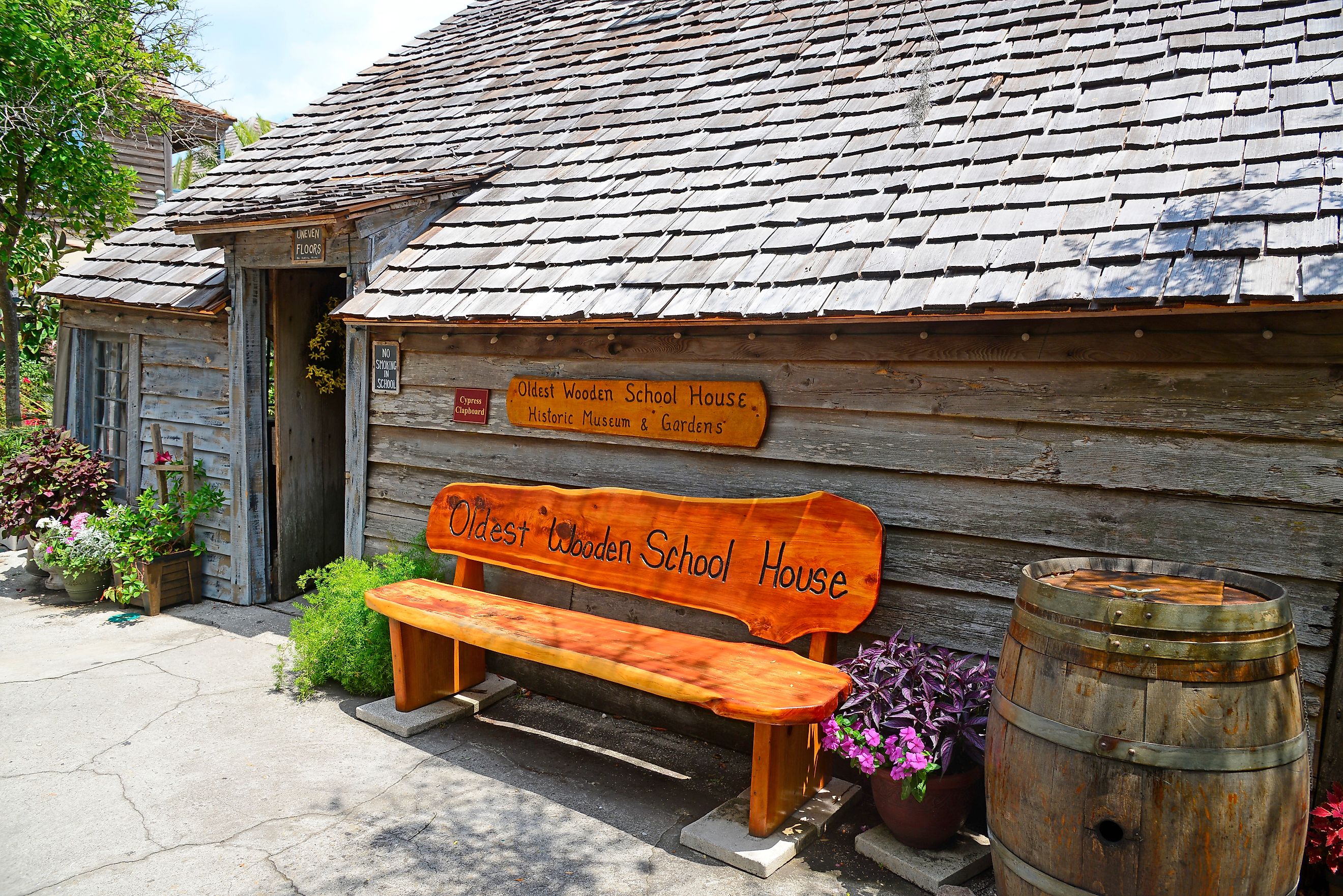
The 7 Oldest Downtowns Still in Use Today
From cobblestone streets to centuries-old architecture, America’s oldest downtowns tell the story of a young nation growing through rebellion, commerce, and reinvention. These historic hearts of US cities have evolved through wars, fires, and booms—and they’re still bustling today.
Unlike static museum pieces, these downtowns remain alive with cafes, boutiques, cultural venues, and working city centers. They preserve the past while meeting the modern moment.
St. Augustine, Florida – Founded 1565
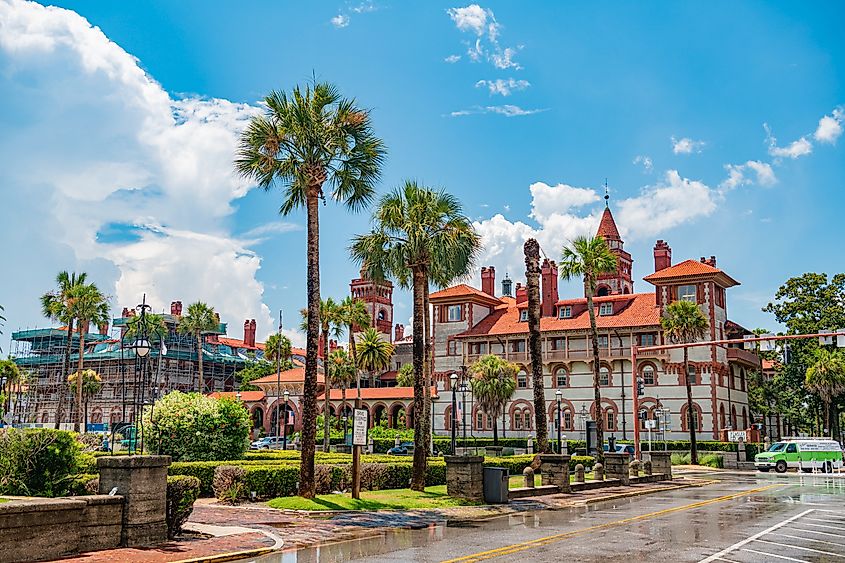
St. Augustine’s downtown isn't just old—it’s ancient by American standards. Founded by Spanish explorers in 1565, it predates Jamestown by over 40 years. Its historic district, anchored by St. George Street, remains the walkable cultural core of the city.
The original colonial street grid is still visible, with coquina stone buildings, narrow alleys, and Spanish-influenced architecture setting the tone. Highlights include the Castillo de San Marcos, the Plaza de la Constitución, and cathedrals built in the 1700s, all in use or open to the public today.
But St. Augustine's downtown isn’t just for tourists. Local restaurants, small shops, and active civic buildings make this a living, breathing part of the city. It’s a rare example of a 16th-century downtown that never fell out of use.
Notable Features:
-
Castillo de San Marcos (1672)
-
Oldest wooden schoolhouse (early 1700s)
-
Walkable car-free zones
Santa Fe, New Mexico – Founded 1610
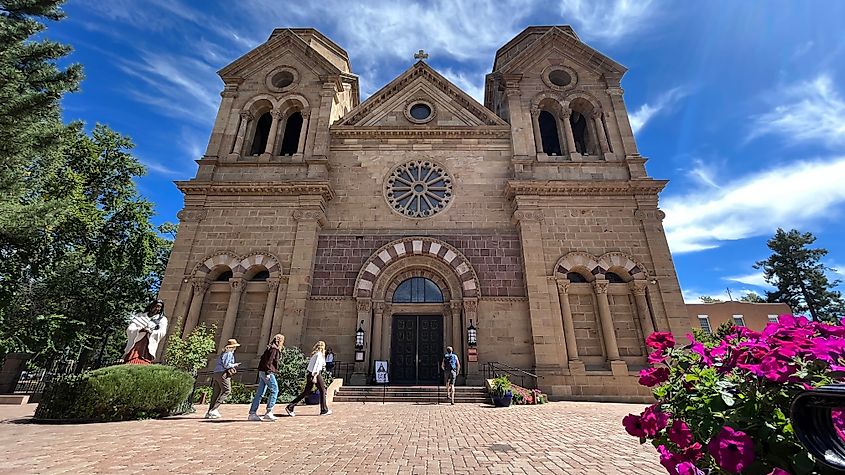
Santa Fe’s downtown is centered around its historic plaza, originally built in 1610 by the Spanish as the seat of power in the region. That same plaza remains a cultural and political center today, surrounded by galleries, museums, and state government buildings.
This area blends Pueblo, Spanish, and Mexican influences into what is now called Santa Fe Style—a unique adobe architectural vernacular. Historic sites like the Palace of the Governors (built in 1610) are still in use, while surrounding buildings house local businesses, artist collectives, and city offices.
Santa Fe’s downtown also serves as a creative hub. The Canyon Road arts district and nearby streets maintain the same layout as in the 17th century but now feature a rich blend of contemporary and traditional culture.
Notable Features:
-
Palace of the Governors (oldest public building in the US)
-
Spanish-Pueblo revival architecture
-
State government still operates downtown
Boston, Massachusetts – Settled 1630
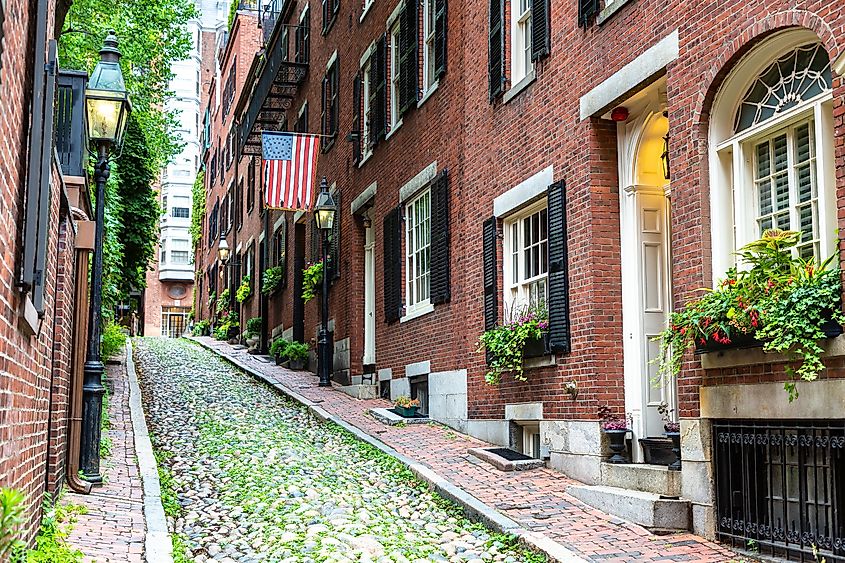
Boston’s downtown is where American independence took shape—and it’s still the heartbeat of the city. Known for landmarks like Faneuil Hall, Boston Common, and the Old State House, downtown Boston is a juxtaposition of old and new, where colonial-era buildings stand in the shadows of glass skyscrapers.
What sets it apart is the Freedom Trail, a 2.5-mile walking route that winds through the city's original colonial core. Downtown Crossing, Government Center, and the Financial District all lie within what was once the original 17th-century settlement.
Despite Boston’s growth, this downtown has never lost its status as the city’s commercial and political center. And thanks to thoughtful preservation efforts, many buildings from the 1600s and 1700s are still in use—some as pubs, banks, and meeting halls.
Notable Features:
-
Faneuil Hall (1742)
-
Old State House (1713)
-
Historic walking trails through active business districts
Annapolis, Maryland – Settled 1649
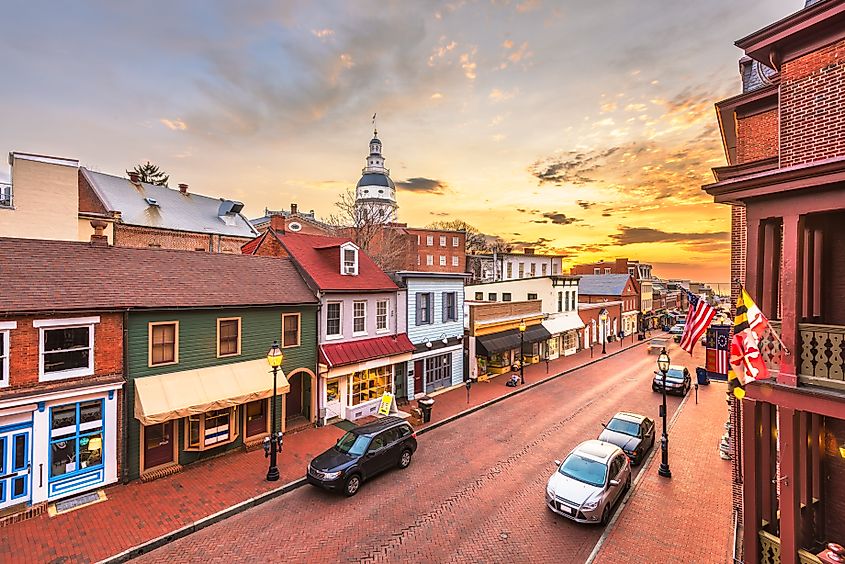
As Maryland’s capital and one of the East Coast’s best-preserved colonial towns, Annapolis’s downtown feels frozen in time—but it’s very much alive. Its original street layout, designed in the late 1600s, remains almost untouched.
Centered around Church Circle and State Circle, the downtown area is lined with brick rowhouses, 18th-century taverns, and the oldest state capitol in continuous use—the Maryland State House (1772). The nearby US Naval Academy, founded in 1845, adds another layer of historical and modern significance.
Downtown Annapolis remains a political and cultural hub, housing restaurants, art galleries, and government offices. Its waterfront harbor, once the center of colonial trade, still serves boaters today.
Notable Features:
-
Maryland State House (1772)
-
Brick streets and preserved colonial grid
-
Historic harbor with working docks
New Orleans, Louisiana – Founded 1718
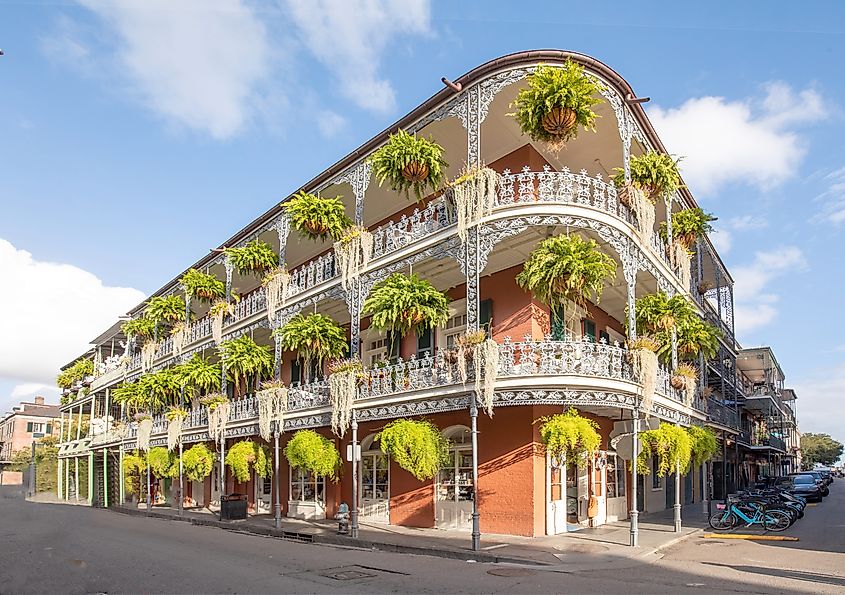
The French Quarter—New Orleans’ original downtown—remains among the most vibrant historic districts in America. Founded in 1718, the Vieux Carré is still the cultural, culinary, and nightlife center of the city.
With its wrought-iron balconies, Creole townhouses, and iconic courtyards, the French Quarter is instantly recognizable. Streets like Bourbon and Royal have been in continuous use for over 300 years.
Even though the Central Business District technically became New Orleans’ “new downtown” in the 20th century, the French Quarter never stopped functioning as a commercial and residential core. Locals still live there, musicians still play on corners, and shops sell everything from antiques to pralines.
Notable Features:
-
St. Louis Cathedral (1794)
-
French Market (opened in the 1700s)
-
Oldest continuously operating bar (Lafitte’s Blacksmith Shop)
Philadelphia, Pennsylvania – Founded 1682
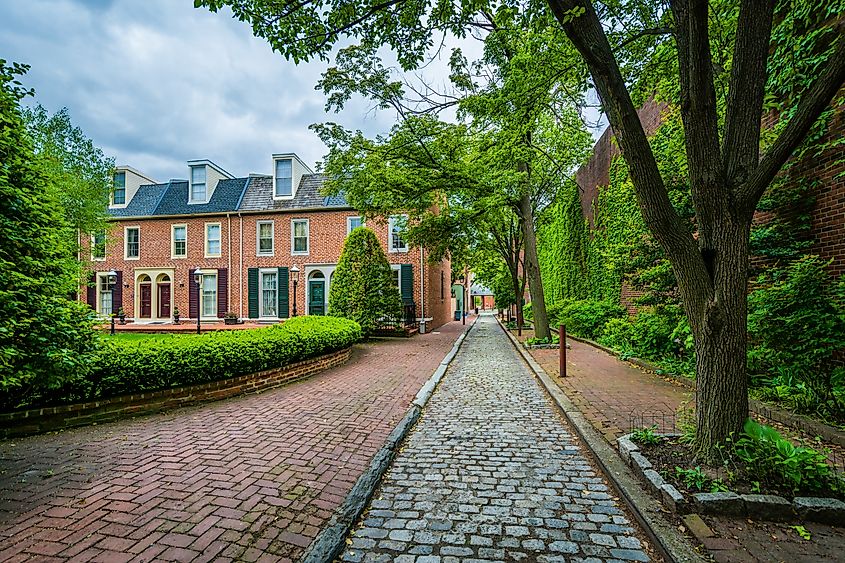
Downtown Philadelphia—centered around Old City and Society Hill—was one of America’s first true urban centers. Founded by William Penn with a carefully planned grid, Philadelphia’s core still mirrors that original layout today.
This is where the Declaration of Independence was signed, where Independence Hall still stands, and where Benjamin Franklin’s Philadelphia comes alive in cobblestone alleyways and 18th-century rowhouses.
Modern businesses, startups, and coffee shops now share space with historic banks, taverns, and libraries. Tourists come for the Liberty Bell, but locals stay for the art galleries, parks, and growing restaurant scene.
Notable Features:
-
Independence Hall (1753)
-
Elfreth’s Alley (oldest residential street in America)
-
Modern city functions built atop historic bones
Charleston, South Carolina – Founded 1670 (relocated to current site in 1680)
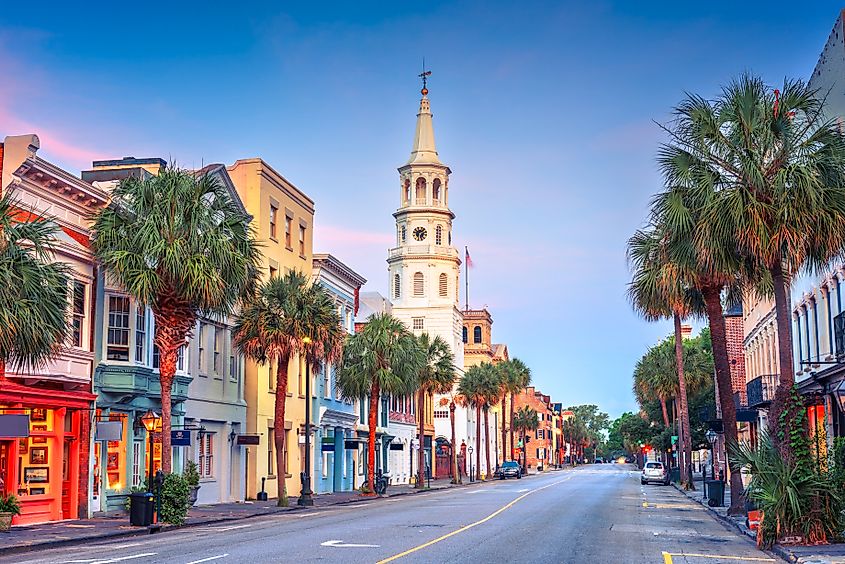
Charleston’s historic downtown is a living showcase of pre-Revolutionary War architecture, cobblestone streets, and antebellum charm. Centered on the Battery and French Quarter, the area has been in continuous use since the late 1600s.
Charleston’s downtown includes Rainbow Row, a series of brightly colored Georgian houses dating back to the 1740s, and Market Street, which has operated as a central trading zone for over two centuries.
While the downtown area retains its original street layout and architecture, it remains a core part of the city’s civic and economic activity. You’ll find tech companies, law firms, hotels, restaurants, and city offices all operating within historic structures.
Notable Features:
-
Old Exchange and Provost Dungeon (1771)
-
Circular Congregational Church (founded 1681)
-
Active waterfront with preserved warehouses
Why These Downtowns Endure
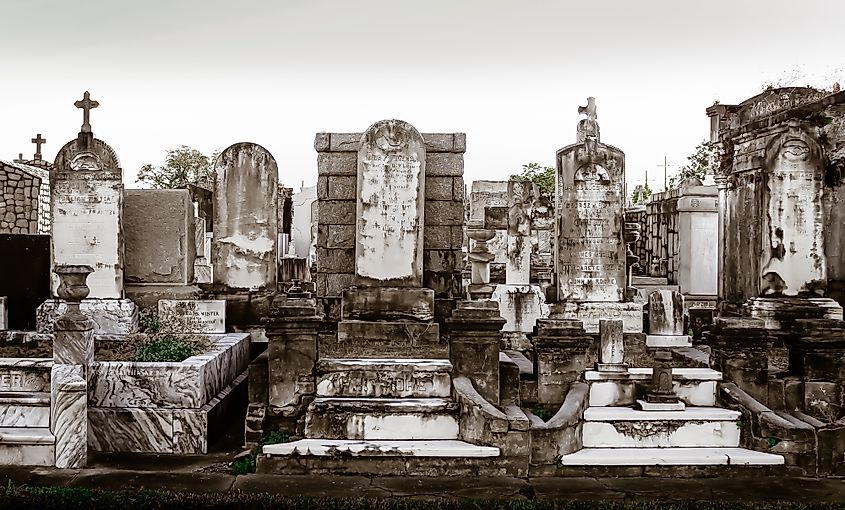
What all these downtowns share is not just age, but adaptability. They’ve survived fire, hurricanes, war, and modernization without losing their essence. Some leaned into preservation early (like Boston), while others re-emerged as tourist hubs (like St. Augustine). But all of them have found ways to merge utility with beauty, civic purpose with cultural memory.
These aren’t just places where history happened. They’re where history continues to live—side by side with espresso machines, crosswalks, and Wi-Fi signals. In an era of constant reinvention, they offer something rare: a sense of continuity.
The Oldest Downtowns Still Buzzing With Life
| City & State | Year Founded | Historic Highlights | Modern Role Today |
|---|---|---|---|
| St. Augustine, FL | 1565 | Castillo de San Marcos, St. George Street | Cultural & civic hub |
| Santa Fe, NM | 1610 | Plaza, Palace of the Governors | State capital & arts scene |
| Boston, MA | 1630 | Faneuil Hall, Freedom Trail | Government & business center |
| Annapolis, MD | 1649 | Maryland State House, Church Circle | Capital & waterfront core |
| New Orleans, LA | 1718 | French Quarter, Bourbon Street | Tourism, nightlife & residential |
| Philadelphia, PA | 1682 | Independence Hall, Old City | Civic, cultural & commercial center |
| Charleston, SC | 1680 | Rainbow Row, Market Street | Historic port & tourism hub |
America’s Oldest Downtowns Still Matter Today
In the rush to build ever upward, America’s oldest downtowns remind us that sometimes the best direction is backward. They offer walkable charm, layered histories, and a sense of rootedness that’s increasingly rare. And they’re still evolving—proving that age isn’t a limitation, but a foundation.
So next time you plan a city trip, skip the skyline—and go for the streets where America began.
FAQs
Are these downtowns only for tourists?
No. While tourism plays a big role, each downtown is still used by locals for civic, commercial, and cultural activities.
What makes a downtown “still in use”?
It must serve an ongoing public, commercial, or governmental function—not just be preserved as a museum district.
Can you live in these downtowns?
Yes. Most have active residential areas and growing populations—especially in Charleston, Philadelphia, and Santa Fe.
What’s the best time to visit these historic downtowns?
A: Spring and fall tend to be ideal, especially in Southern cities like Charleston, New Orleans, and St. Augustine.



